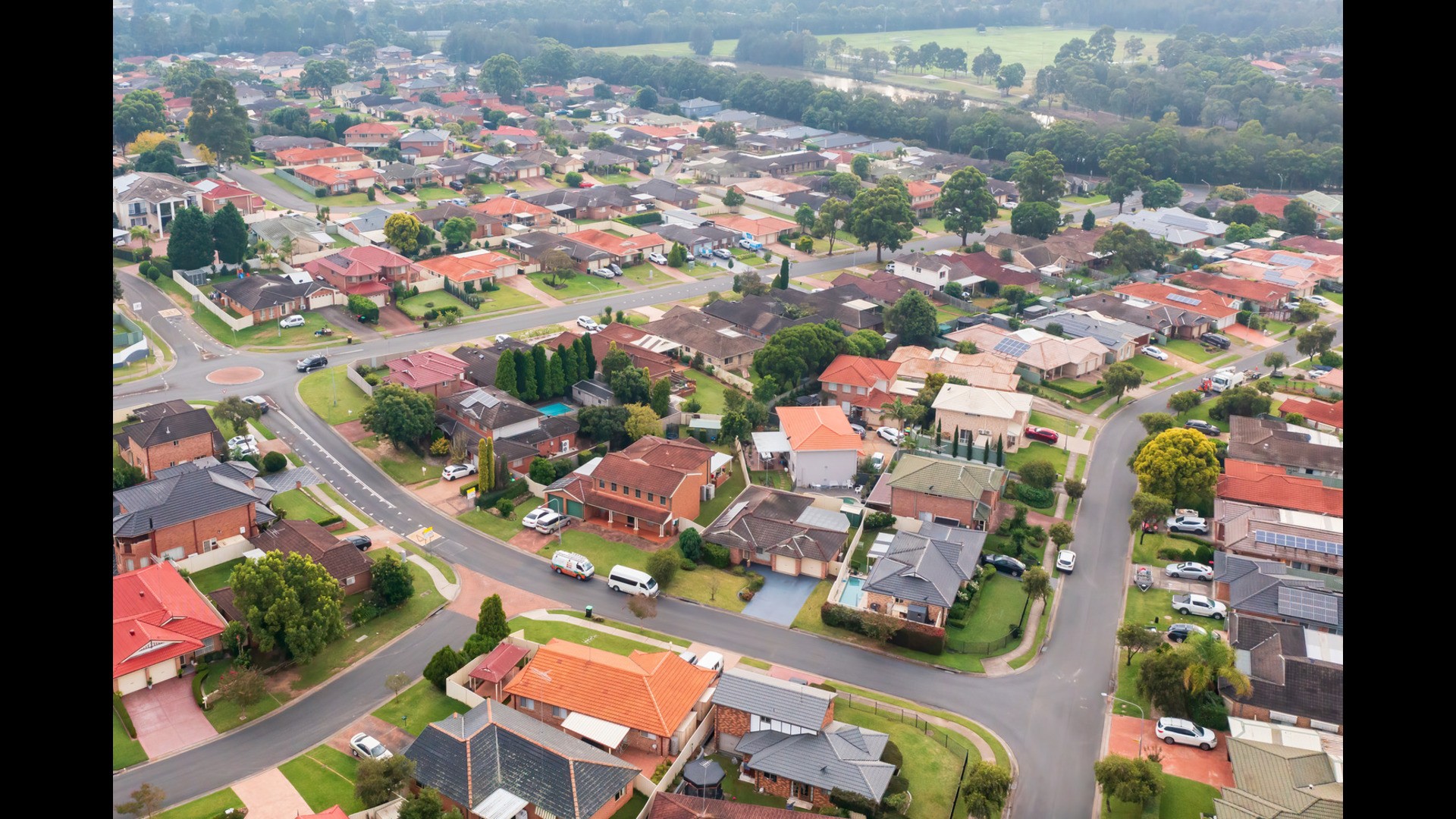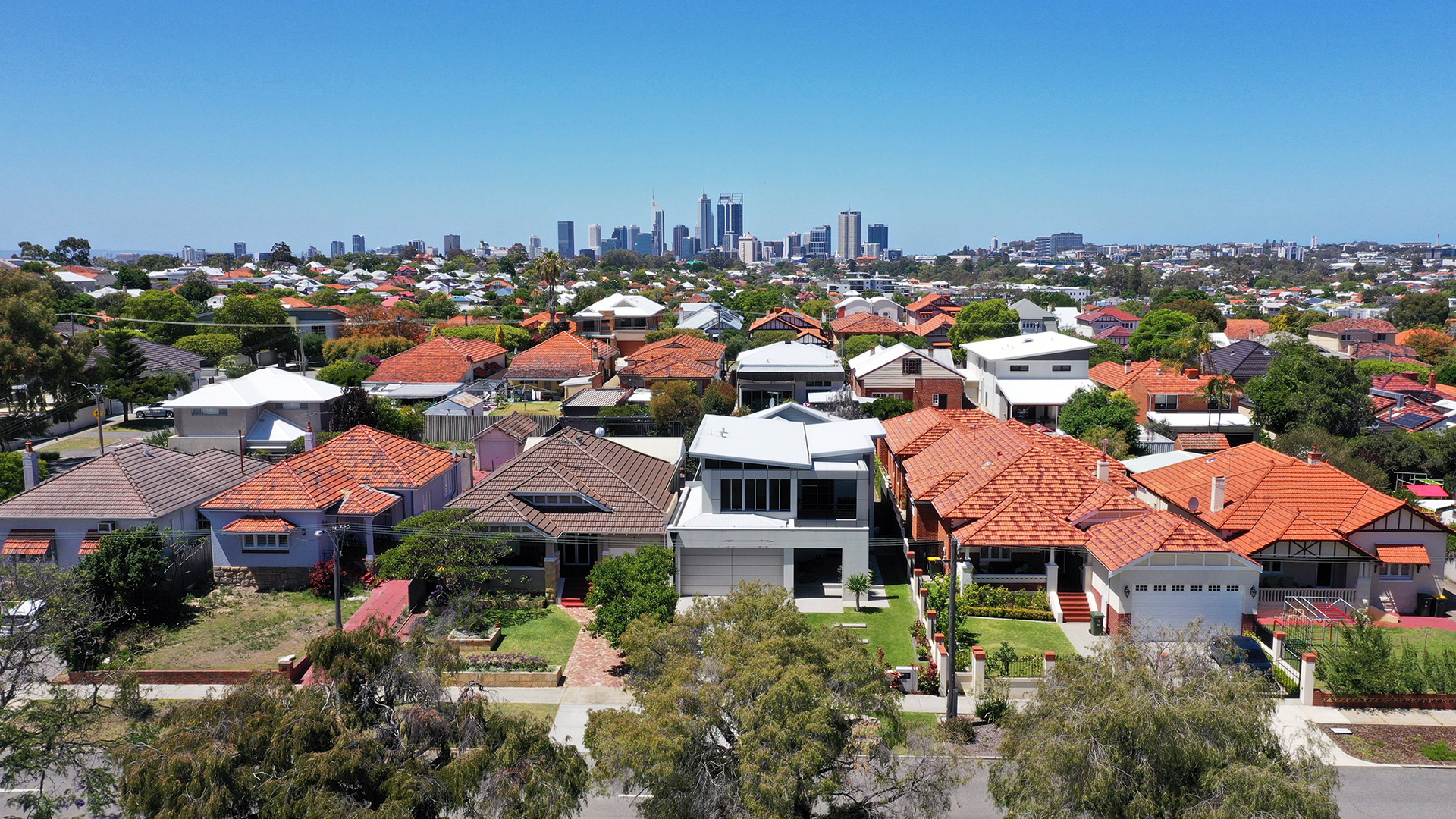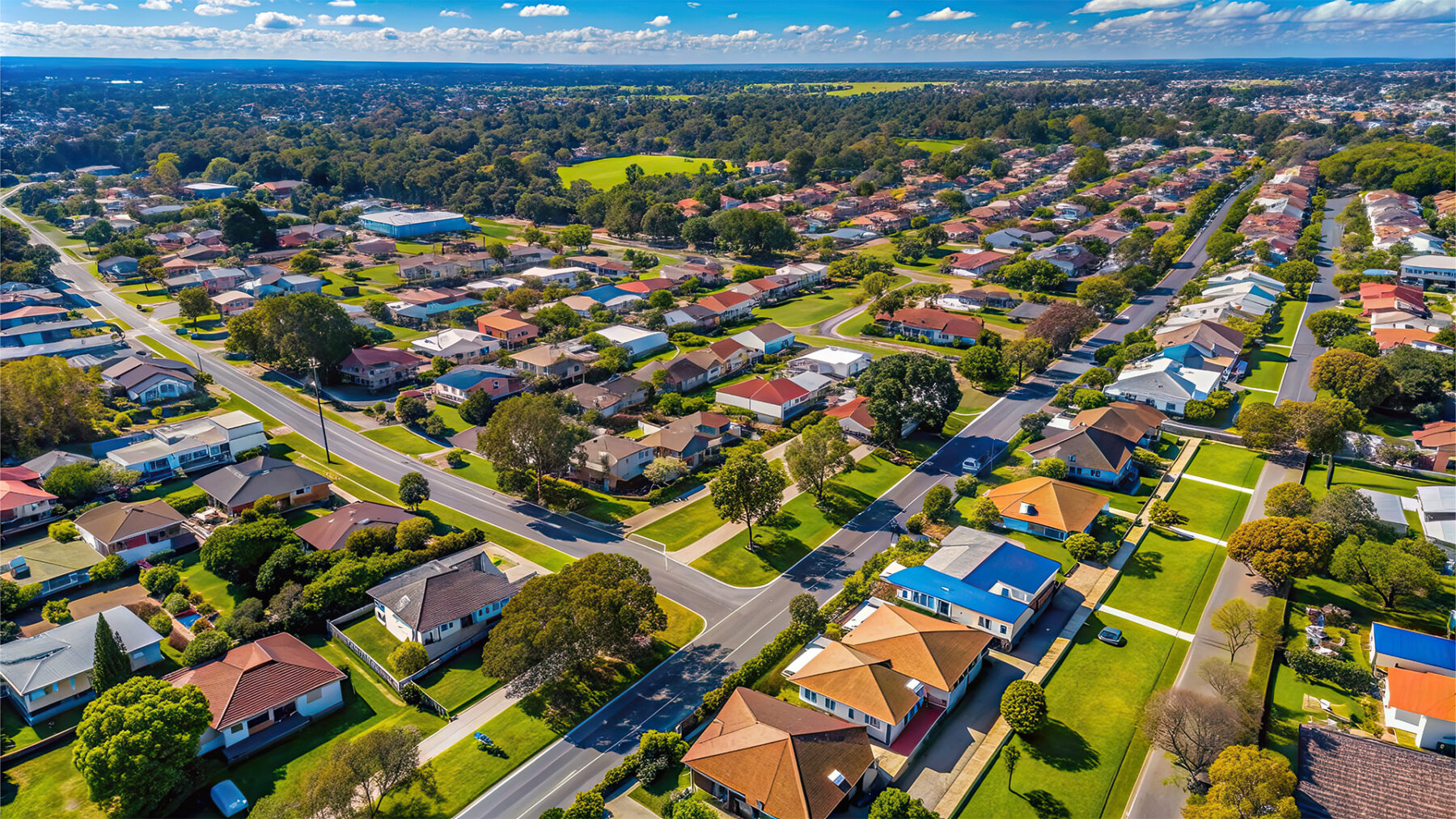
Money.com.au has released the latest edition of its Mortgage Insights State-by-State Report, highlighting key trends in the housing loan market for homebuyers and investors across Australia.
See the latest report on our website.
National outlook
Nationally, the mortgage market remains below its pre-rate-hike peak. Owner occupier loan numbers are still 19.5% below mid-2022 levels, while investor loans are down just 2.9%.
Nationally, the average homebuyer loan size rose 8% year-on-year, outpacing 4% growth in loan numbers. This means bigger loans are fuelling the comeback rather than loan volumes.
Notably, Queensland, South Australia and Western Australia recorded larger increases in average loan size, compared to New South Wales and Victoria.
New South Wales: Investor appetite dwarfs homebuyer demand
New South Wales is still Australia’s big-ticket market, with the nation’s largest average loan sizes. Owner occupier loans average $800,642 (up 6% year-on-year), while investor loans average $840,938 (up 5%).
In NSW, growth in loan volume is mainly on the investor side. Investor lending is growing at six times the rate of owner occupier lending, climbing 12% to 58,948 loans. Growth was in line with the national average. Loans for existing dwellings increased 14%, also broadly in line with national trends.
Money.com.au’s Property Expert, Debbie Hays, says the NSW market is still tilted toward investors.
“NSW continues to offer strong fundamentals for property investment. Investors who can still meet market prices continue to buy in the state, tightening supply for first-home buyers and keeping upward pressure on prices even as homebuyer demand stays soft,” she says.
Annual growth in owner occupier lending remains weakest in NSW compared to other states. Loan volumes rose just 2% (half the national average) in the year to June 2025, with 80,724 loans issued.
Victoria: Steady with modest growth
Victoria shows steady, moderate growth. Homebuyer loans grew 4%, in line with the national average to 94,207 loans. Growth was driven by a 7% year-on-year rise in lending for existing dwellings, tying with Queensland in this loan category.
However, investor lending growth in Victoria remains below the national average, rising 9% over the year to 44,178 loans. Growth was again led by a 12% increase in loans for existing dwellings.
It’s worth noting that while growth in both buyer segments comes from loans for existing homes, lending for land and new builds has dropped sharply. For owner occupiers, land loans are down 18% and new-build loans 9%. For investors, land loans are down 17% and new-build loans are down 18%.
Victoria recorded the smallest increase in average loan size among the major states. The average owner occupier loan size rose only 4% year-on-year to $629,056, while the average investor loan size increased by just 2% to $605,491.
Debbie says Victoria is a market where prices aren’t prone to huge upswings, even in Melbourne, giving homebuyers and investors more time to buy and avoid over-capitalising.
Queensland: Broad-based growth signals genuine demand
Queensland continues to stand out as the country’s property hotspot after recording the highest annual growth in both homebuyer and investor loans among major states. Owner occupier lending rose 7% annually, to 71,292 loans. Every owner occupier loan category is in positive territory, indicating broad-based buyer confidence. The Sunshine State also ranks second in construction loan growth (17%) and matches Victoria with 7% annual growth in lending for existing dwellings.
“That broad-based strength shows Queensland’s growth is not a bubble but rather a sign of genuine, long-term demand driven by population growth, lifestyle appeal and strong economic fundamentals,” says Debbie.
Additionally, Queensland leads the major states in annual growth of investor loan numbers, rising 16% alongside South Australia, with 47,143 investor loans issued.
In another sign of market strength, Queensland recorded the highest increase in average loan size among the Eastern states. The average owner occupier loan size climbed 13% to $636,520, while for investors it rose 11% to $616,679.
South Australia: Construction and new builds powering the surge
South Australia is a powerhouse in the construction lending segment. While owner occupier lending grew in line with the national average (4% annually), to 21,736 loans, lending for new dwellings surged 54% and construction loans climbed 20% — the highest increases of any state.
South Australia also recorded the second-highest increase in owner occupier loan size among all states, rising 13% year-on-year to $581,717.
On the property investment side, lending rose 16% over the year in South Australia to 14,111 loans, on par with Queensland. Nearly all investor lending categories recorded double-digit growth. Once again, SA leads the nation in both new-dwelling and construction loan growth, up 25% and 17% respectively.
Western Australia: Market cooling
After three years of breakneck gains, Western Australia’s loan market is catching its breath. Growth in homebuyer lending was flat at 0% with 40,760 loans issued. Some green shoots remain, however: WA leads the nation in alteration loans (up 22% annually) and land loans (up 13%).
Notably, Western Australia also leads the nation in external refinancing for both owner occupiers and investors, with annual growth of 9% and 26% respectively.
“WA is a market that’s cooling and consolidating. Homeowners are choosing to improve their properties and optimise their mortgages, while some investors are still taking on new debt and chasing price growth while they can,” says Debbie.
Investor lending in WA is also subdued, rising 10% to 25,178 loans over the year, below the national average. Even so, WA ranks second nationally for investor land loan growth (23%) and new dwelling loan growth (14%).
Tasmania: Homebuyer revival, selective investor plays
Tasmania was one of the few states to post double-digit growth in the homebuyer segment, with owner occupier lending up 13% annually, to 6,395 loans. It also had record growth in existing-dwelling loans, up 16% annually.
However, annual growth in investor lending was well below the national average, up 7% to 2,259 loans. Despite this subdued overall investor growth, Tasmania recorded the highest annual increase in investor land loans, at 27%.






